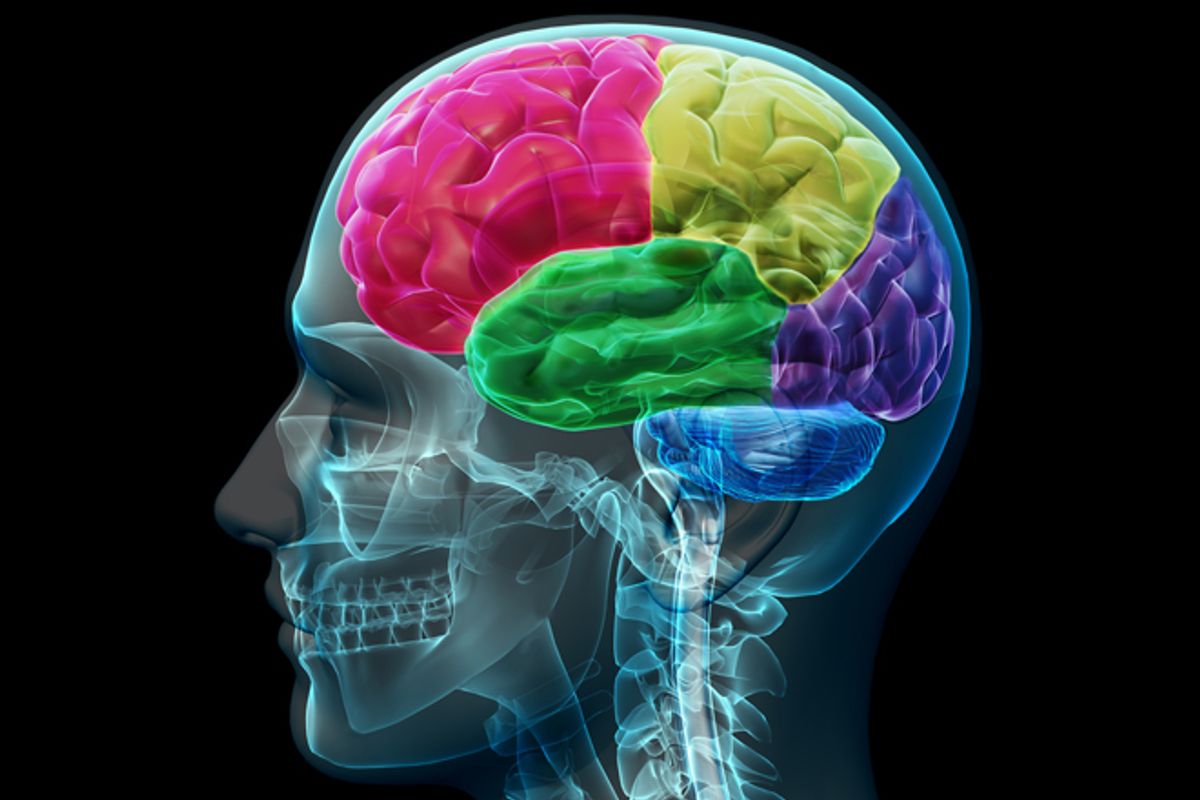George Zimmerman may not be that different from the rest of us. In fact, research shows that college students and most everyone else are more likely to shoot a Black man holding an object like a wallet, than a white man.
In just two short months between January 1, 2012 and March 31, 2012, 28 Black people were intentionally shot dead. The shooters were most often police, but also security guards and the George Zimmermans of the world – the fearful, frustrated and self-styled protectors of their communities. Eighteen of the Black people shot were unarmed. Only two had confirmed firearms. Eight allegedly had non-lethal weapons. Trayvon Martin was one of those killed in this period. We don’t account for implicit racial bias in our criminal laws, nor our everyday interactions; honoring the legacy of Trayvon Martin means no longer making this mistake.
But first, why are so many unarmed Black people assumed to be armed and dangerous -- and, therefore, shot? Over the last two decades, researchers have made tremendous strides in understanding how our brains understand race.
In 1999, police officers in New York City shot an unarmed, 23-year-old West-African immigrant named Amadou Diallo. The police shot Diallo in the doorway of his apartment building when Diallo reached for his wallet. The police insist they saw that Diallo had a gun. After the officers were acquitted of Diallo’s murder, Joshua Correll, then a graduate student in psychology, asked himself, “What if the officers had approached a white guy and he had run into the vestibule of his apartment building and reached for a wallet?” Correll decided to find out.
Correll formed a video game-like experiment based on decades of “implicit associations” research. Participants had milliseconds to assess whether a person (or “target”) on the screen was carrying a gun. If the person had a gun, the participant had to quickly push a button to “shoot” the person. If the person had something else, like a wallet or a cell phone, participants had to press a different button. Time and again, research subjects wrongly shot the unarmed Black “targets.” And here is the kicker: Correll’s findings held even when the research subjects were Black. In other words, even Black people are more likely to shoot unarmed Black targets than armed white targets.
Over 2 million people have taken a similar test, the Implicit Associations Test. Participants have to push buttons identifying a face with a judgment, like “good” or “bad.” Almost 88 percent of the tens of thousands of white participants react to a Black face as “bad” and a white face as “good.” This is a subconscious preference for whites. And 42 percent of Blacks do as well.
This is implicit bias — the prejudices we carry that we aren’t even aware of but which profoundly influence our emotions and reactions to other people. As Correll has explained, the shooter bias of his studies “come not from what you personally believe or want to believe, but from long-standing associations drilled into our heads every time we go to the movies or pick up a newspaper or hear a joke.”
Juror B37 from George Zimmerman’s trial has said in the media that she and her fellow jurors did not think that George Zimmerman’s behavior — following Trayvon Martin because he didn’t know him, considering him an “F*ing punk” and dialing and trailing the Black youth, then allegedly fearing for his life and shooting Trayvon Martin — had anything to do with race. At the same time, the juror said she believed that Trayvon was doing something strange, looking in houses at night. Based on what we know of implicit bias, both Zimmerman and Juror B37 have exhibit indications of implicit bias. They may not “see race” — that is, they may not be conscious of how their brains are processing the visual information that Trayvon Martin is Black. But what we know about our brains and race tells us that subconscious bias was as influential the night that Trayvon Martin was killed as it was the night that George Zimmerman was acquitted.
That’s not to blame the jury for their verdict. The jurors did the job they were assigned, but our laws and courts only account for conscious intent, not implicit biases. That doesn’t mean we should criminalize subconscious thought, but since 98% of our actions toward or against others are subconsciously motivated, at the very least our public conversations about race and bias should reflect that nuance. Implicit racial bias shapes every aspect of our interactions together as humans. The sooner we acknowledge that fact, and the science behind it, the sooner we can prevent more unarmed Black people from being wrongfully targeted and killed.



Shares